Glycolic Acid For Hyperpigmentation
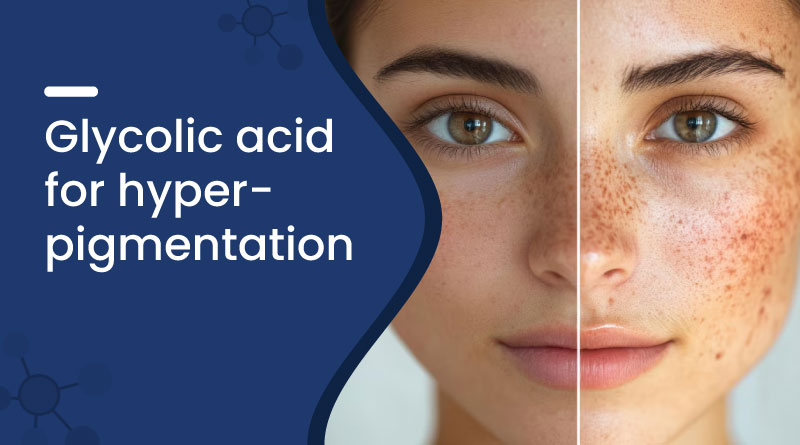

What is Glycolic Acid and How Does It Help with Hyperpigmentation?
Glycolic acid is a type of alpha hydroxy acid (AHA) derived from sugarcane. It is well-known in skincare for its powerful exfoliating properties. By gently removing dead skin cells from the surface, glycolic acid helps reveal fresher, smoother, and more even-toned skin underneath.
When it comes to hyperpigmentation—dark patches or uneven skin tone caused by sun exposure, acne scars, or hormonal changes—glycolic acid for hyperpigmentation is a go-to solution for dermatologists and skincare lovers alike.
Benefits of Using Glycolic Acid for Pigmentation
- Reduces Dark Spots: Glycolic acid breaks down the bonds between dead skin cells, fading pigmentation and dark spots over time.
- Improves Skin Texture: Regular use helps refine skin texture, making it smoother and more even.
- Boosts Collagen Production: Stimulates collagen, which helps with skin repair and firmness.
- Enhances Product Absorption: Prepares the skin to absorb other treatments better, such as Vitamin C or Kojic Acid.
How to Use Glycolic Acid Cream for Pigmentation
Glycolic acid cream for pigmentation can be applied once daily, preferably at night. Here’s how to use it safely:
- Cleanse your face thoroughly.
- Apply a thin layer of the glycolic acid cream on areas with hyperpigmentation.
- Avoid the eyes, mouth, and broken skin.
- Follow with a gentle moisturizer.
- Always use sunscreen in the morning, as glycolic acid can make your skin more sensitive to the sun.
Glycolic Acid for Hyperpigmentation in the Bikini Area
Dark pigmentation in intimate areas can be a concern for many. Glycolic acid for hyperpigmentation bikini area can be used cautiously to brighten the skin. However, this area is more sensitive, so it’s important to:
- Use a lower concentration of glycolic acid (under 10%).
- Apply only 2-3 times per week initially.
- Moisturize well and avoid shaving immediately before or after use.
- Consult a dermatologist before long-term use in sensitive areas.
Glycolic Peel for Pigmentation: A Professional Approach
A glycolic peel for pigmentation is a more concentrated glycolic acid treatment done by skincare professionals. These peels help in treating stubborn pigmentation, acne scars, and uneven skin tone quickly.
Benefits of glycolic peels include:
- Deeper exfoliation than home products.
- Quicker results for hyperpigmentation.
- Can be customized for different skin types and concerns.
However, always consult a certified dermatologist before opting for chemical peels.
Best Glycolic Acid Cream for Hyperpigmentation
One of the most effective creams available is the Zeeglow Glycolic Acid Arbutin and Kojic Acid Cream. It contains a powerful blend of ingredients:
- Glycolic Acid: For gentle exfoliation and removing pigmentation.
- Kojic Acid: Brightens skin and reduces melanin production.
- Arbutin: A natural skin brightener that targets dark spots.
This combination makes Zeeglow Cream a highly effective glycolic acid cream for pigmentation that is both affordable and dermatologist-recommended.
Precautions While Using Glycolic Acid
- Always do a patch test before using glycolic acid for the first time.
- Start with lower concentrations and gradually increase if your skin tolerates it.
- Never use glycolic acid with other strong acids or retinol without consulting a dermatologist.
- Use sunscreen daily, even indoors, to protect your skin and prevent further pigmentation.
Conclusion: Is Glycolic Acid Right for Your Skin?
Glycolic acid for pigmentation and hyperpigmentation is a trusted and effective solution when used correctly. Whether you choose a cream, toner, or professional peel, consistency and sun protection are key to seeing results.
The Zeeglow Glycolic Acid Arbutin and Kojic Acid Cream is an excellent choice for anyone looking to treat pigmentation with a gentle, multi-ingredient approach. Combine it with a healthy skincare routine, hydration, and patience, and you’ll notice visible improvement in skin tone and texture.
Actionable Tips
- Start using glycolic acid 2-3 times a week before moving to daily use.
- Always use SPF 30 or higher sunscreen during the day.
- Keep your skin moisturized to avoid irritation.
- Use calming ingredients like aloe vera or ceramides in your routine.
Frequently Asked Questions (FAQs)
Q: Can glycolic acid remove pigmentation completely?
A: It can significantly reduce pigmentation over time, but results vary based on skin type and severity.
Q: How long does glycolic acid take to work for pigmentation?
A: You may start seeing improvement in 4-6 weeks with regular use and proper skincare routine.
Q: Is glycolic acid safe for daily use?
A: Yes, for most skin types. Start slowly and monitor your skin’s response.
Q: Can glycolic acid be used on the body?
A: Yes, it’s safe to use on the body, including underarms and bikini area, in appropriate concentrations.
Q: Is Zeeglow Cream suitable for all skin types?
A: Zeeglow is generally suitable for most skin types, but a patch test is recommended for sensitive skin.
Glycolic Acid + Aloes + Niacinamide + Vitamin E
100gm in 1 tube
Kojic Acid, Arbutin, Glycolic Acid, Niacinamide, Vitamin E & Mulberry Cream
25 gm in 1 bottle
Recent Blogs
Disclaimer : Zeelab Pharmacy provides health information for knowledge only. Do not self-medicate. Always consult a qualified doctor before starting, stopping, or changing any medicine or treatment.

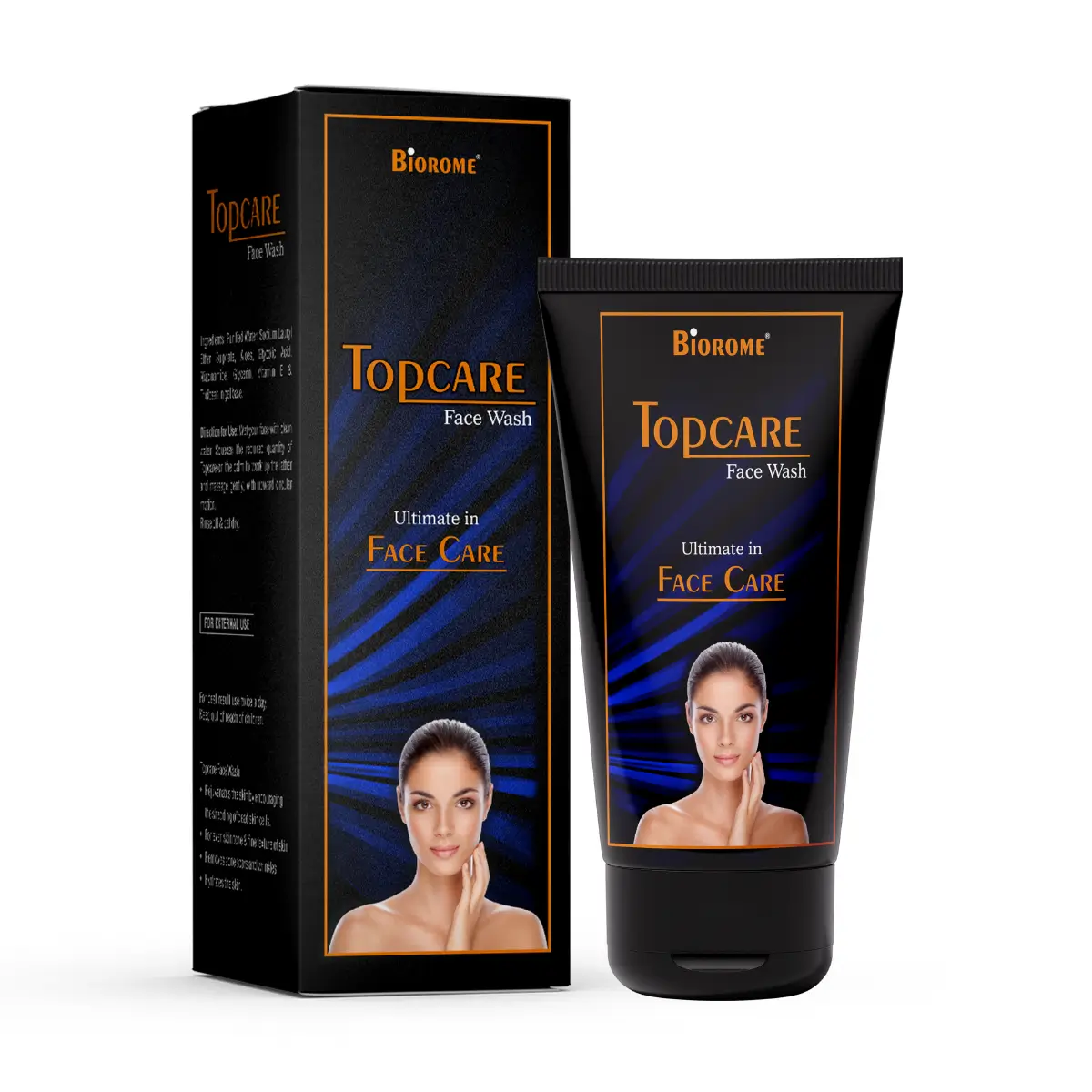
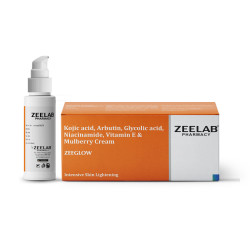
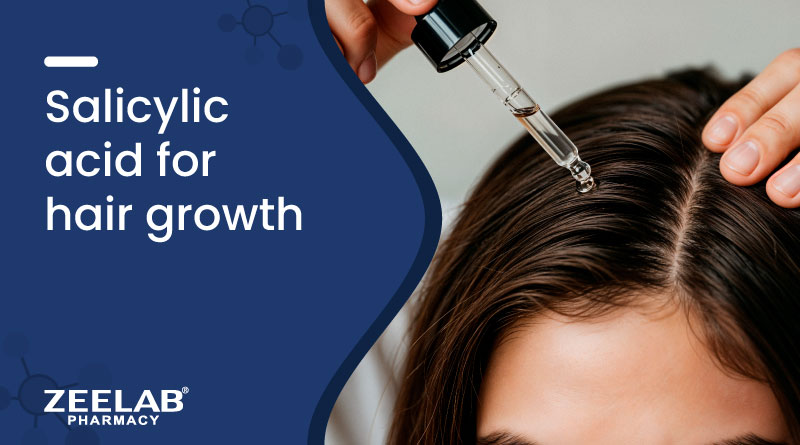
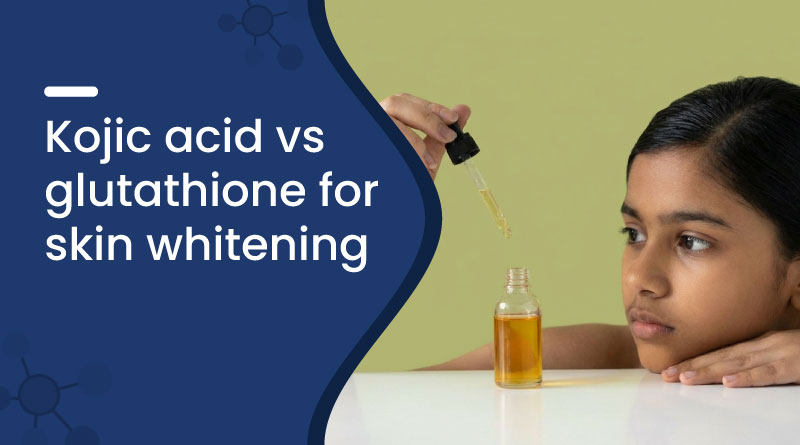
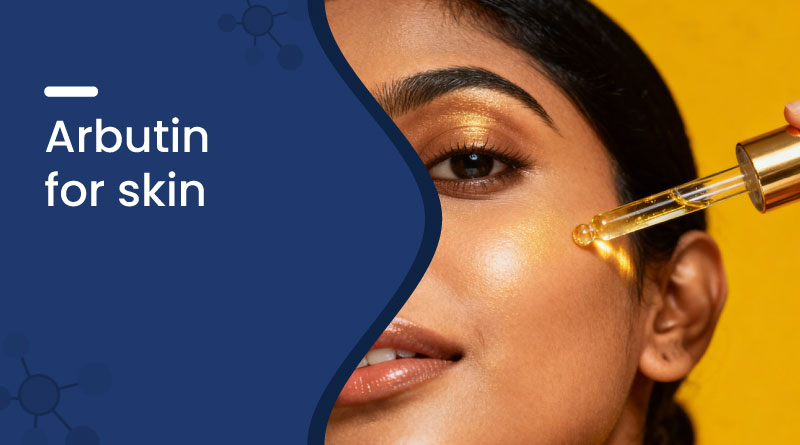
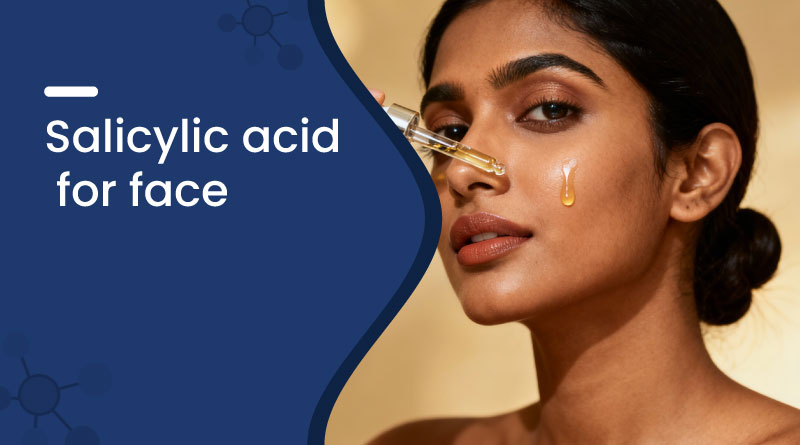
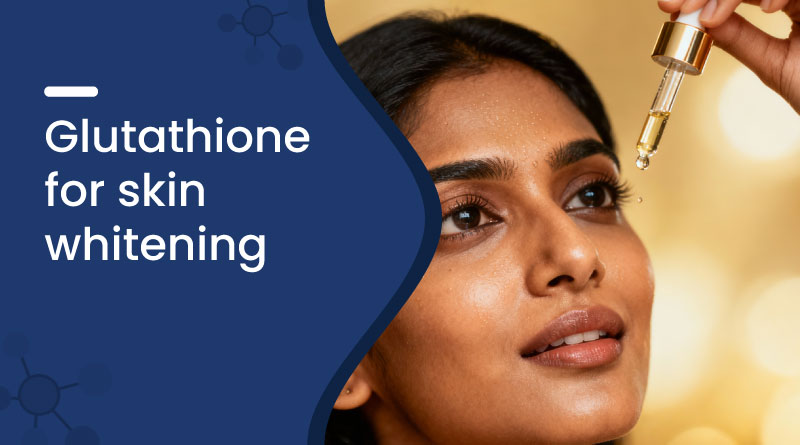










 Added!
Added!